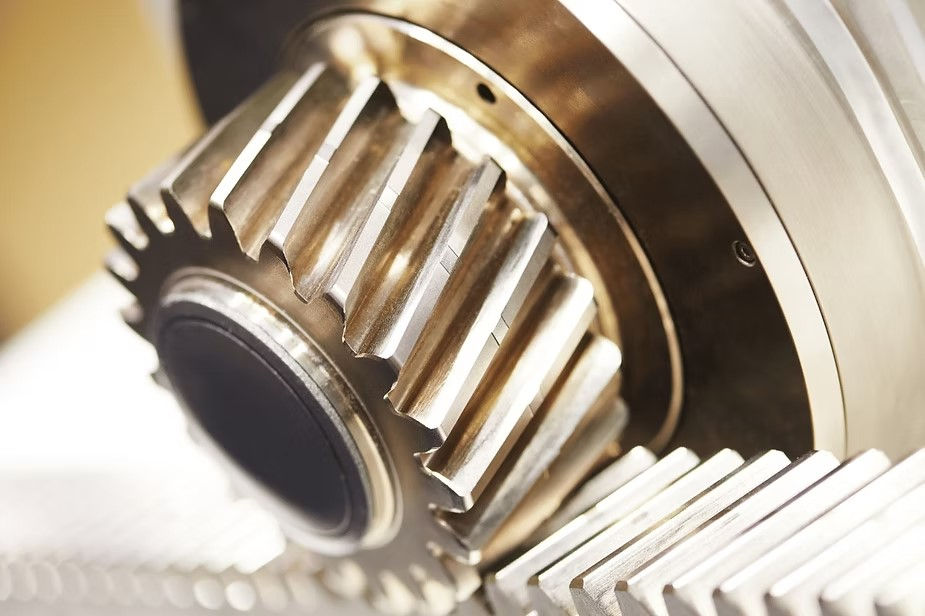Manual Stress Calculation on Cantilever Beams
- magsonssakhib
- Apr 22, 2023
- 2 min read
Updated: Dec 21, 2024
A cantilever beam is a type of beam that is fixed at one end and free at the other end. It is commonly used in engineering applications, such as in bridges, buildings, and machine components. One of the most critical factors in designing a cantilever beam is calculating the stress that it will experience under different loads. In this blog, we will provide a detailed explanation of how to calculate stress on a cantilever beam with a step-by-step example.
Step 1: Determine the Material Properties
The first step in calculating stress on a cantilever beam is to determine the material properties of the beam. These include the modulus of elasticity (E) and the yield strength (σy) of the material.
For this example, let us assume that we are using a steel beam with a modulus of elasticity of 200 GPa and a yield strength of 250 MPa.
Step 2: Determine the Beam Dimensions
The next step is to determine the dimensions of the cantilever beam. For this example, let us assume that the beam has a length (L) of 2 meters, a width (b) of 0.1 meters, and a height (h) of 0.2 meters.
Step 3: Calculate the Second Moment of Area (I)
The second moment of area (I) is a measure of the beam's resistance to bending. It is calculated using the formula:
I = (b x h^3)/12
For our example, the second moment of area is:
I = (0.1 x 0.2^3)/12 = 0.000133 m^4
Step 4: Determine the Load on the Beam
The next step is to determine the load that will be placed on the cantilever beam. For this example, let us assume that there is a point load (P) of 500 N applied at the free end of the beam.
Step 5: Calculate the Maximum Bending Moment
The maximum bending moment (Mmax) is the maximum amount of stress that the beam will experience. It is calculated using the formula:
Mmax = PL
For our example, the maximum bending moment is:
Mmax = 500 N x 2 m = 1000 Nm
Step 6: Calculate the Maximum Stress
The maximum stress (σmax) is the stress that the beam experiences at the point of maximum bending moment. It is calculated using the formula:
σmax = Mmax x (h/2)/I
For our example, the maximum stress is:
σmax = 1000 Nm x (0.2/2)/0.000133 m^4 = 1,503,008 Pa
Step 7: Determine the Safety Factor
The safety factor is a measure of the beam's ability to withstand the load without failure. It is calculated by dividing the yield strength of the material by the maximum stress.
For our example, the safety factor is:
Safety Factor = σy/σmax = 250 MPa / 1,503,008 Pa = 166.66







Comments